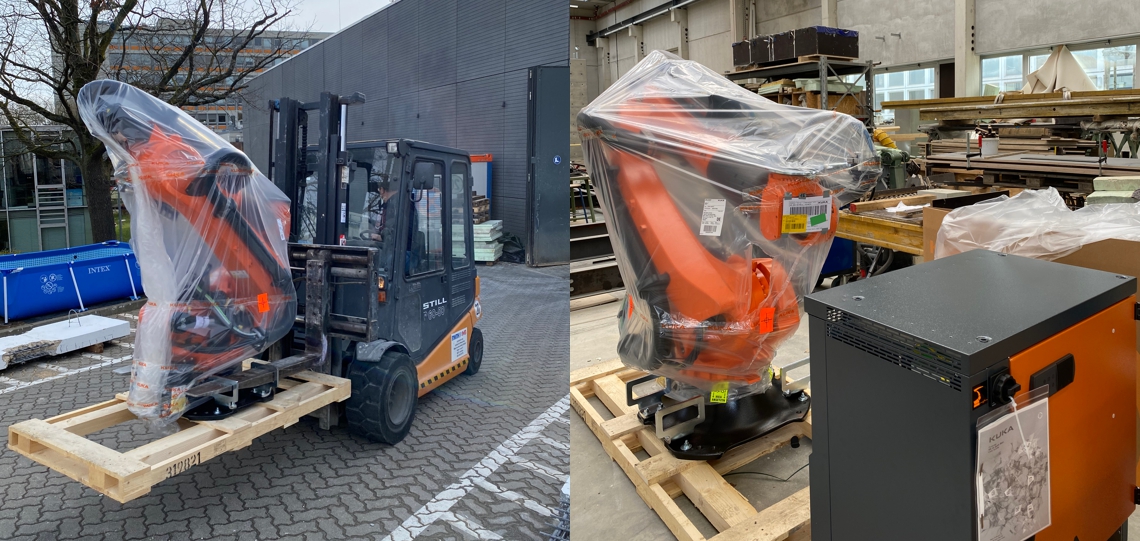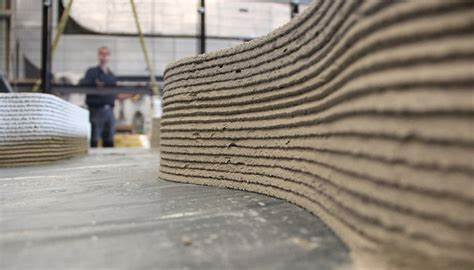Will Home Construction be Next for 3D Printing?
Written by: Angelo Gentile
Publish Date: March 13, 2018


The promise of industrial-grade 3D printing (additive manufacturing) continues to make headlines, this time at the tech-sector portion of SXSW, occurring all week in Austin, Texas.
An Austin-based construction-technologies startup called ICON unveiled a 3D-printed, 350-square-foot house made of cement. Built in one day by a large yet mobile 3D printer designed for home construction, the home costs $10,000 to build, with eventual plans to bring the cost of homes down to $4,000.
ICON has partnered with New Story, a non-profit organization focusing on sustainable housing, to use this technology to bring affordable housing to the estimated 1.2 billion people around the world who do not have adequate shelter. The tech company and non-profit will begin a mission in El Salvador, where they plan to build 100 of these houses sometime in 2019.
As Brett Hagler, CEO of New Story, told 3Dprint.com, “We feel it’s our responsibility to challenge traditional methods and work toward ending homelessness. Linear methods will never reach the billion-plus people who need safe homes. By working with ICON and leveraging [the company’s] 3D printing innovations, we’re able to reach more families with the best possible shelter solutions, exponentially faster.”
ICON’s 3D printer, called the Vulcan, can build homes in places where power, easily accessible technical assistance, and potable water are unpredictable and not guaranteed. Icon developed new materials to use for this technology and says the materials have been “tested to widely recognized standards of comfort, resiliency, and safety.”
Jason Ballard, ICON co-founder, told 3D print.com that 3D printing is a viable alternative to conventional construction methods. “With 3D printing, you not only have a continuous thermal envelope, high thermal mass, and near zero waste, but you also have speed, a much broader design palette, next-level resiliency, and the possibility of a quantum leap in affordability.”
About the Author
This article is written by Angelo Gentile
Read the original post here.


